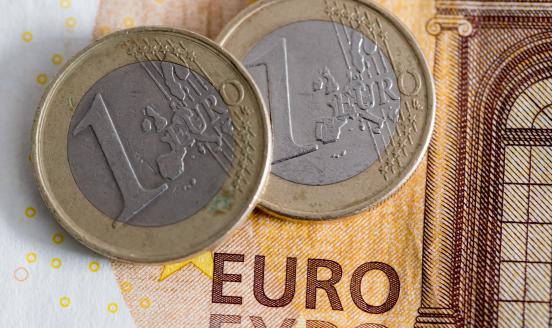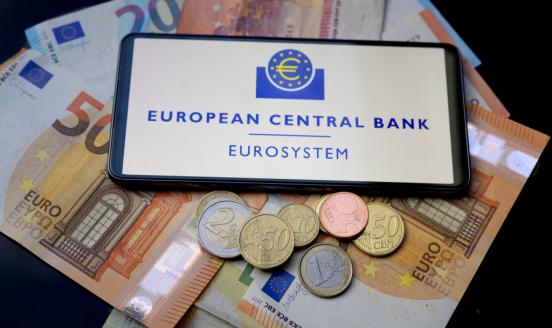The digital euro’s communication gap
The digital euro will likely be a reality in the not-so-distant future. For the European consumer, however, is still unclear what difference it will make to her welfare. There remains a gap between the commitment of the European institutions to investing in a central bank digital currency and the public’s understanding of why this is to their benefit. To close this gap, the communication emphasis should be shifted from the digital euro for retail use to its wholesale use.
Almost all the world’s central banks are at some stage of thinking about issuing a digital currency. Each has a different reason for pursuing the project. The European Central Bank is at a very advanced stage of thinking about the digital euro and will announce by the end of the year what the next stages will be. The European Commission has already proposed a legal framework for the digital euro that will be discussed after the June European elections.
The ECB has put forward three arguments for creating a digital euro for retail use: 1) the need to create a digital equivalent of cash in the age of digitalisation; 2) promotion of financial inclusion, and 3) creation of a universal European payment method to reduce the EU’s dependence on the foreign payment service providers, that dominate the market.
But none of these arguments are compelling, nor is the digital euro necessarily the best solution to the problems the ECB says it wants to solve.
First, cash use is still very prominent across the EU. Cash is still used for just short of half of the value of all transactions. This might change, but the threat of cash disappearing is not there. In fact, as the ECB itself argues, the digital euro is not meant to replace cash, undermining the justification for a digital cash equivalent.
Second, there is no urgent financial inclusion problem in the EU. More than 90% of EU citizens have a bank account, so in principle, most of the population has access to financial services. To reduce financial exclusion still further, understanding why less than 10% of the population does not have access to a bank account is crucial. A very novel paper by the Dutch Central Bank argues that there will always be a segment of the population that is not digitally savvy, and thus more digital solutions will not address their preferences or needs.
The third argument advanced by the ECB is about increasing Europe’s strategic autonomy. It is true that while it has advanced payment systems, the EU does not have a single payment covering all countries. The digital euro could provide a solution to a payments market that is currently dominated by non-EU firms.
Two things are important here: the EU has an instant payment system (TIPS) but is not using it fully. Why not? Implementing payments through the existing system would go a long way towards reducing dependence on foreign providers. Second, the idea of reducing dependence on non-EU firms must be carefully justified. What is the imminent threat? Are there European solutions that will guarantee the consumer is better off, or will strategic autonomy be pursued at the expense of consumer welfare?
Insisting on justifying the value added of the digital euro based on its retail use is at best unconvincing.
By contrast, the digital euro can be of great value in the wholesale market across borders. In other words, if it can be used by EU banks to make payments across different currencies. Arguably, the availability of wholesale digital euros in a world in which central bank digital currencies exist in many jurisdictions could be revolutionary.
First, tests done at the Bank of International Settlements with the participation of a few central banks show that CBDCs can offer huge time and cost savings. These benefits are economically very tangible and will transform the payment landscape.
Second, traders and investors could move funds between any two countries in the currency of their choice without depending on the settlement infrastructure of the big currencies, primarily the dollar and the euro. Although this is not something that will happen in the next few years, it is the direction of travel. The EU needs to be present in the discussions of standard setting, which are happening now, if it wants to retain a meaningful role for the euro internationally.
This is exactly what the communication about the benefits of the digital euro needs to refer to. How the EU has a unique ability to contribute to current standard settings given all the advanced thinking on how to design a digital euro; how cross border (cross currency) payments will be much quicker and efficient and how by participating now to global discussions the EU will be able to design financial statecraft to promote its interests better.



